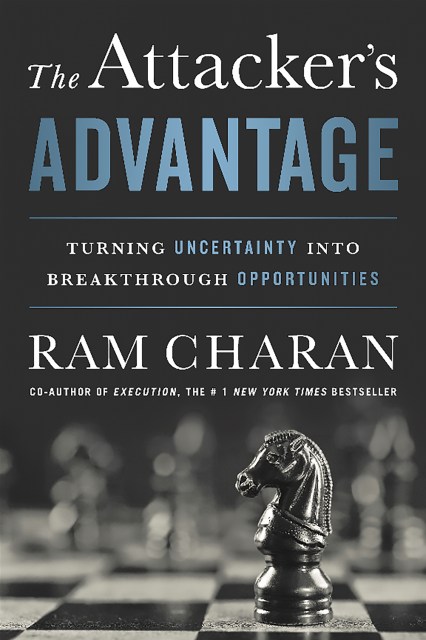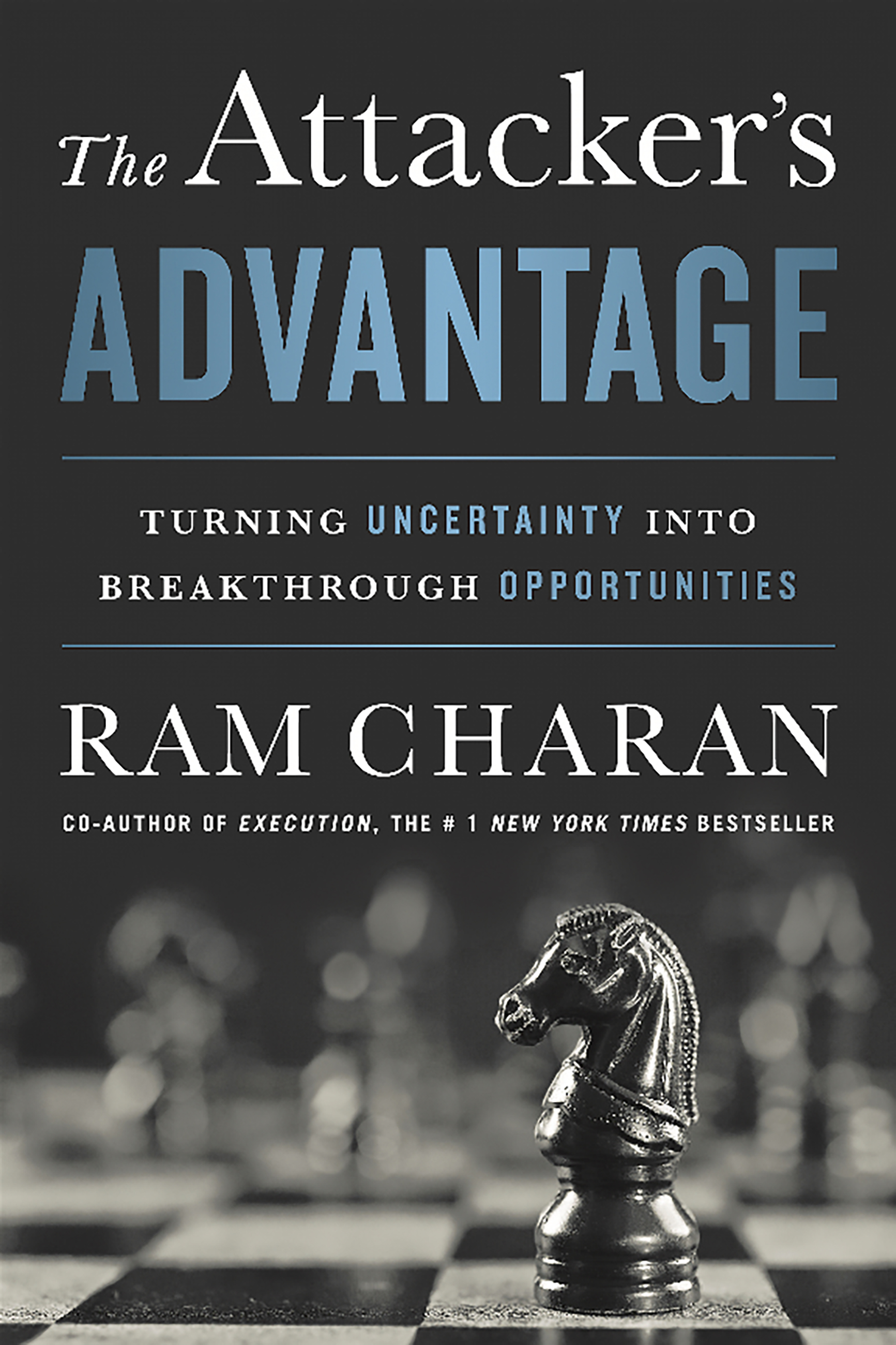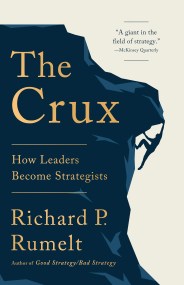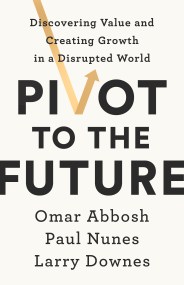Promotion
Free shipping on orders $45+ Shop Now.
The Attacker's Advantage
Turning Uncertainty into Breakthrough Opportunities
Contributors
By Ram Charan
Formats and Prices
Price
$13.99Price
$17.99 CADFormat
Format:
- ebook $13.99 $17.99 CAD
- Hardcover $27.00 $34.00 CAD
This item is a preorder. Your payment method will be charged immediately, and the product is expected to ship on or around February 24, 2015. This date is subject to change due to shipping delays beyond our control.
Also available from:
The forces driving today’s world of structural change create sharp bends in the road that can lead to major explosions in your existing market space. But exponential change also offers exponential opportunities. How do you leverage change to go on the offense? The Attacker’s Advantage is the game plan for winning in an era of ambiguity, volatility, and complexity, when every leader and every business is being challenged in new and unexpected ways.
Ram Charan, harnessing an unequalled depth and breadth of experience working with leaders and companies around the globe, provides tested, practical tools to help you:
Build the perceptual acuity to see around corners and detect, ahead of others, those forces — especially people, who are the catalysts of change — that could radically reshape a company or industry
Have the mindset to see opportunity in uncertainty
Commit to a new path forward despite the unknowns, positioning your business to make the next move ahead of competitors
Break the blockages that can hold your company back
Know when to accelerate and when to shift the short-term and long-term balance
Make your organization agile and steerable by aligning people, priorities, decision-making power, budgeting and capital allocation, and key performance indicators to the new realities of the marketplace
The Attacker’s Advantage provides a stark and simple challenge: stay in a legacy world of incremental gains or defensiveness, or be an attacker by creating a new world, scaling it up quickly, ahead of the traditional players.
Genre:
-
“An invaluable resource for anyone navigating the market's ever-changing but always taxing demands.” –Publishers Weekly
- On Sale
- Feb 24, 2015
- Page Count
- 240 pages
- Publisher
- PublicAffairs
- ISBN-13
- 9781610394758
Newsletter Signup
By clicking ‘Sign Up,’ I acknowledge that I have read and agree to Hachette Book Group’s Privacy Policy and Terms of Use







